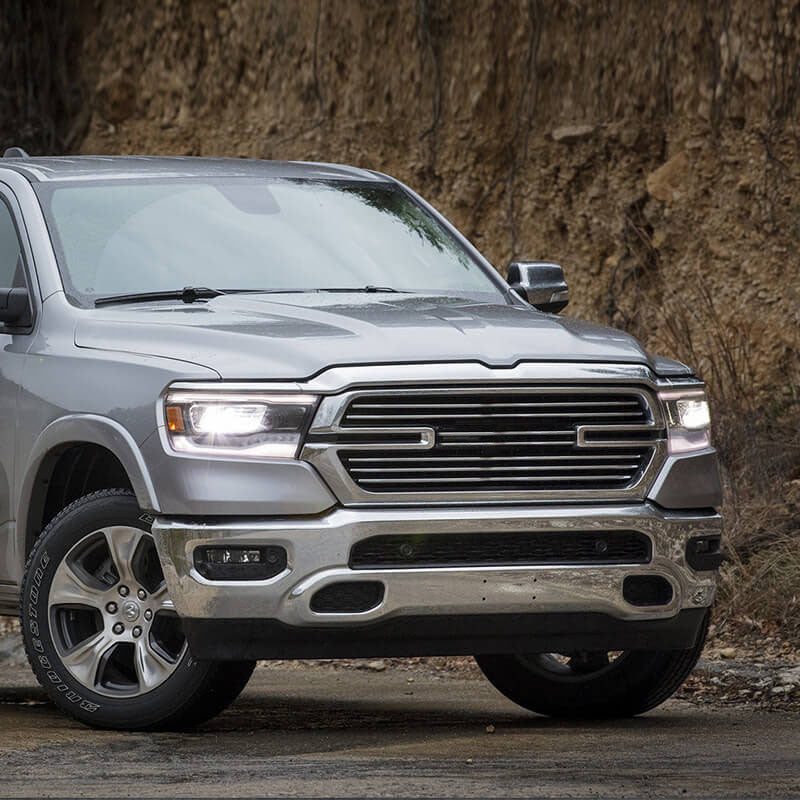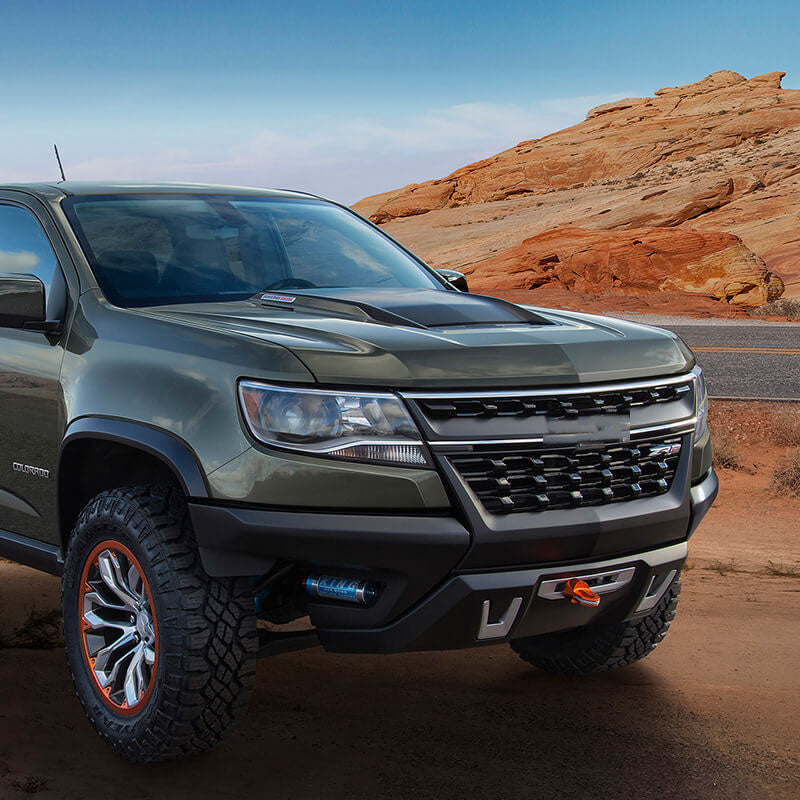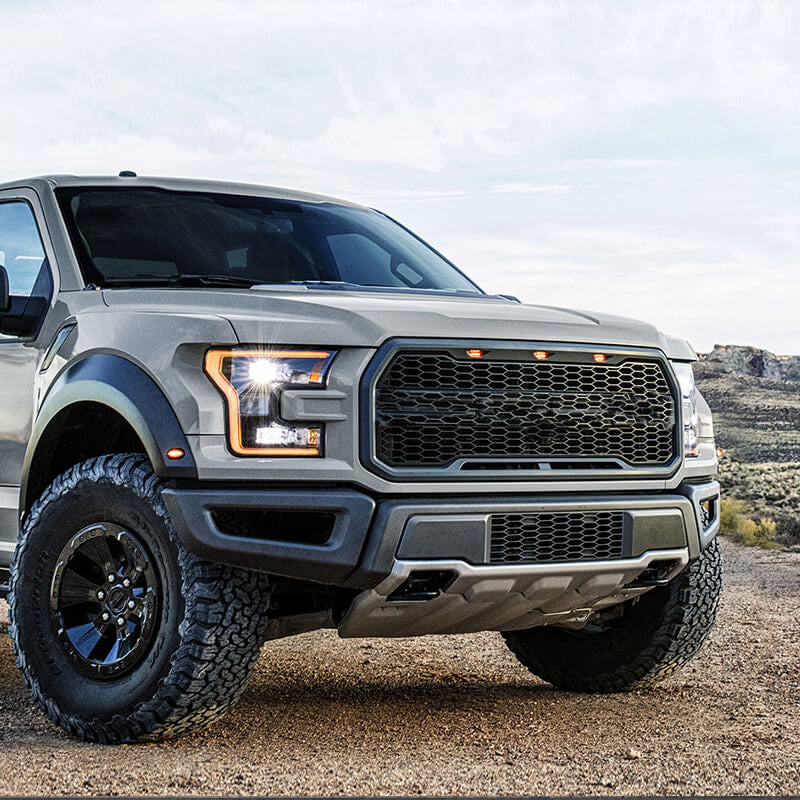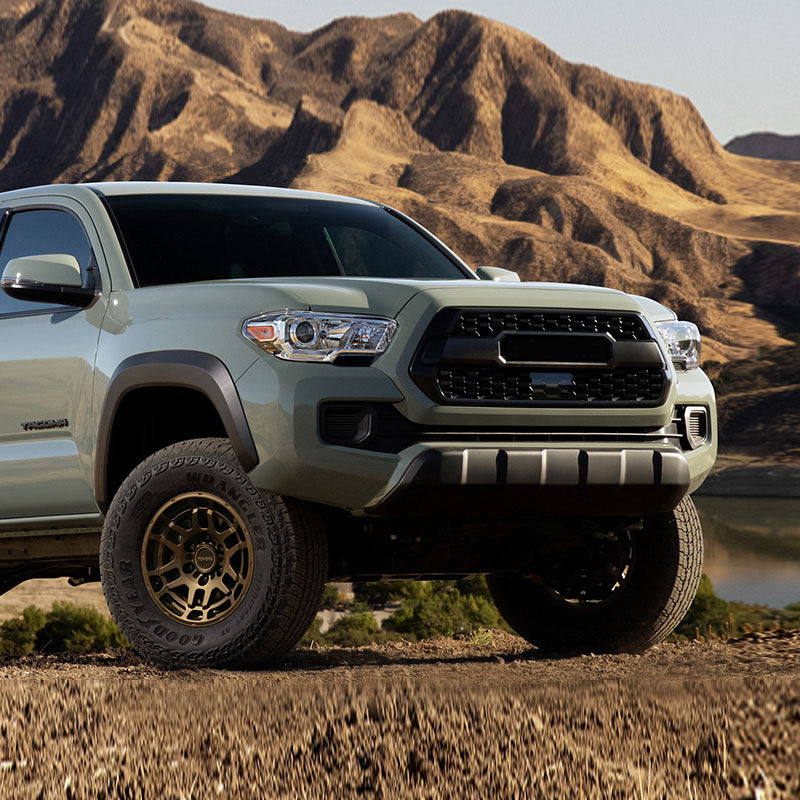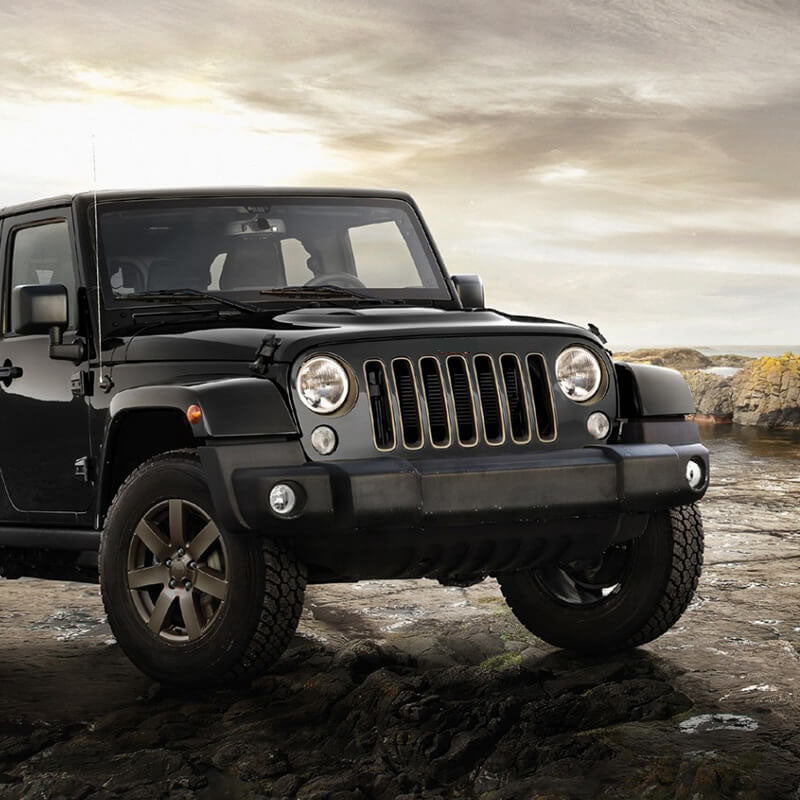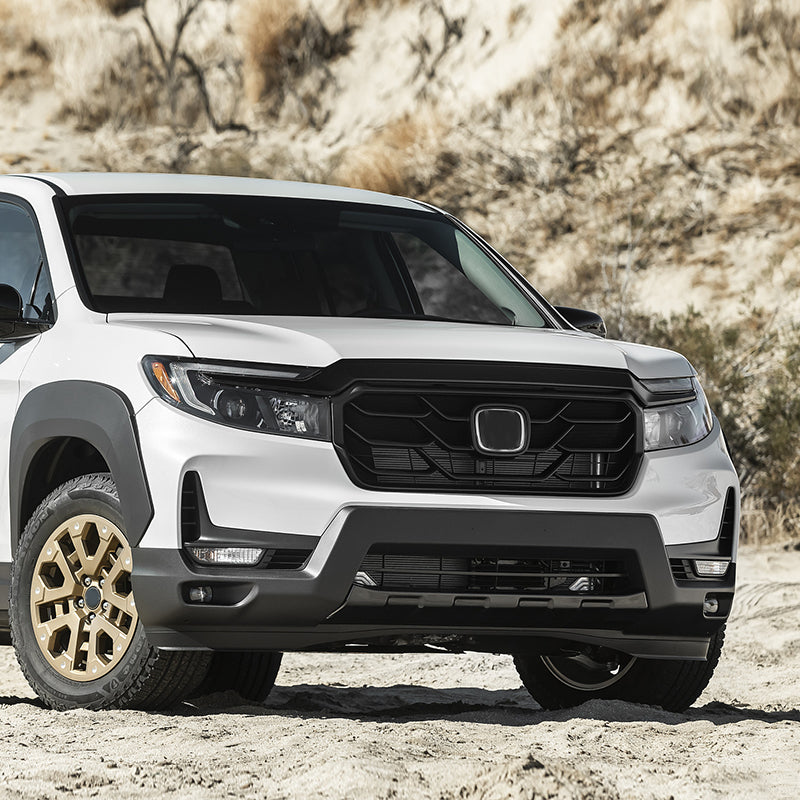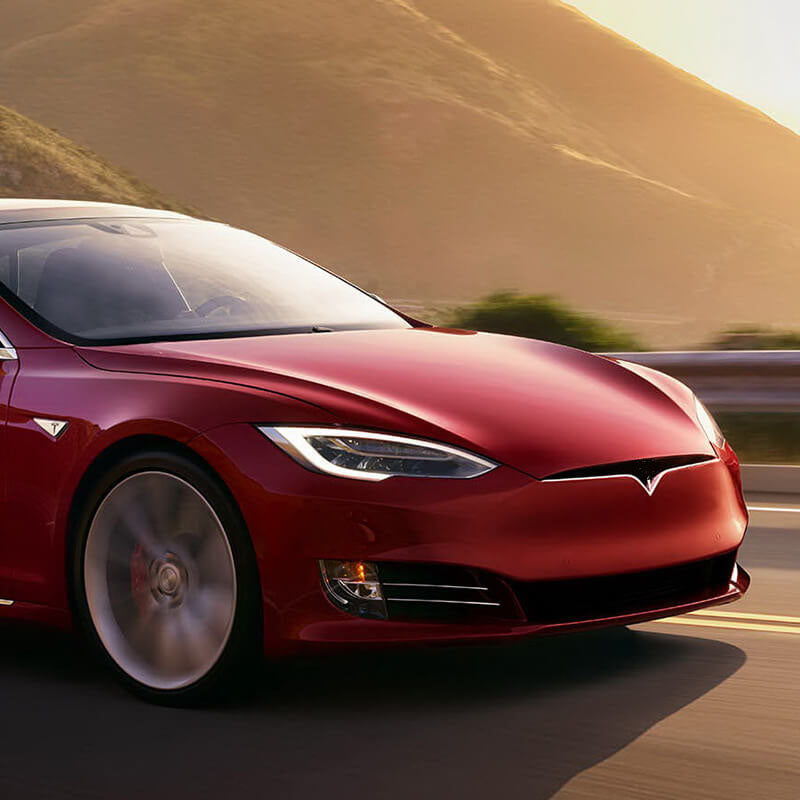My Say about The 2016-2021 Honda Civic
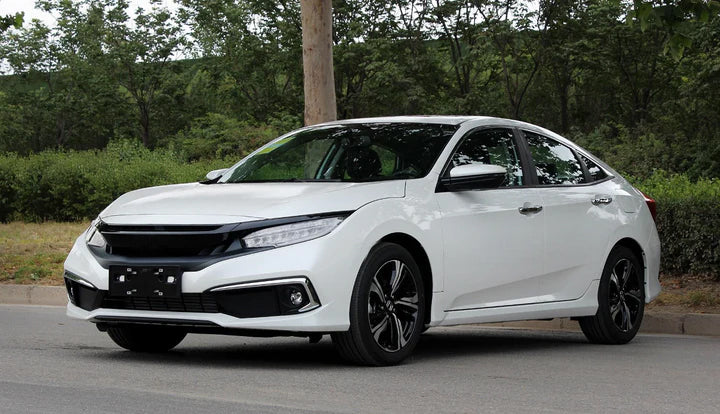
The 2016–2021 Honda Civic series, also known as the 10th Honda Civic, has gained immense popularity and admiration since its release into the market in Nov 2015. It takes more than a while to count out all the advantages and strengths over other car modes within the same price range, such as a sporty look, a cool, spacious interior design with a large console screen, etc., that enable the 2016–2021 Honda Civic to be at the top of “the most popular car models among youngsters’ lists. With that said, there are still a few minor defects and problems that the young car owners have added to their complaint list, including:
Cracked windshields are the most common complaint on the 2019 Honda Civic within the first 5,000 miles. Some models have glass manufacturing defects at the factory that make them more susceptible to small chip breakage. The only way to fix this problem is to replace the original windshield, which costs about $450.
Tail light issue: a very limited number of motorists of the 2016–2021 Honda Civic also complained that its tail lights sometimes power out at night. Those equipped stock lights on it seem to be flawed or fragile under certain conditions. So, you had better spare a pair of 2016–2021 Honda Civic tail lights to backup as a precaution.
Brake sensor issues: some car owners also reported the brake sensor issues of the 2016–2021 Honda Civic within its first 20,000 miles. The automatic braking system is overly sensitive, and in some cases, dirt or debris on the sensor may cause it to engage. Cleaning the sensor usually solves the problem, and some owners spend about $150 to replace the sensor.
Excessive battery drain: some 2019 Civic models also experience excessive battery drain around 7,000 miles. There are a lot of electronic accessories on the Civic that will undergo battery drainage when the car is turned off. The diagnostic cost to determine the source of the parasitic battery drain is approximately $100. Repairs can cost $20 to $250, depending on the location of the source.

Given these complaints received from 2016–2021 Honda Civic car owners, as a subjective evaluation engineer, I have decided to give it a shot and share my viewpoints on it after a comprehensive review is completed.
For this Honda Civic, I will focus on sharing my personal experience in the aspects of drivability, shifting performance, braking performance, steering performance, driving comfort, and so on. As for its appearance, it is a matter of subjectivity to judge, so there is no need to talk more about it.
I will just share with you some of the problems I discovered when testing the 220TURBO CVT luxury version, which is the lowest version of the 1.5T automatic transmission.
Drivability
It is undeniable that the power of the 2016 Honda Civic is very strong, but I did not do the actual 0-100 kph acceleration test; instead, I will share my driving experience with the car from the perspective of a regular driver. As for the driving experience, I divided it into 3 modes: low speed (0–40 kph), medium speed (40–80 kph), and high speed (80–120 kph) to talk about the experience.
First of all, in low-speed conditions, the Civic's front throttle works with high sensitivity. It activates with a gentle touch. It doesn't even need more than 10% of the stroke to cope with most low-speed conditions.
It is pretty much the same when it comes to medium-speed conditions. The overall performance is brisk, and the throttle pedal goes under 20% of its full span. However, this results in a disadvantage: you cannot easily maintain a relatively stable speed through the accelerator, but it is not so important for driving in urban areas considering the congested and chaotic traffic conditions. In addition, when acceleration is required in medium-speed conditions, the Civic's performance is somewhat disappointing. On the one hand, the CVT steel belt has limited bearing capacity and cannot torque like other gearboxes. On the other hand, turbolag will also have a certain downside in terms of its overall performance.
Finally, it comes to the turn of high-speed driving. As mentioned earlier, the Civic cannot accommodate your desire to easily stabilize the vehicle speed due to the sensitivity of the throttle pedal. Therefore, if you want to drive under the speed limit for a persistent time at high speed, you will need to constantly tread the throttle slightly once in a while to control it. The power reserve in the rear section of Honda's engine still works in sufficiency.
All in all, in terms of driving experience, the Civic can run like a horse in urban areas, as if it were a grassland.
Shifting performance
I think the shifting performance is a drawback for Honda. First of all, the feel of the grip of the shift handle is not anything more than ordinary. Secondly, it does not offer the feel of high-end shown by the damping feeling featured in Volkswagen's shift-gear.


Braking performance
In terms of braking performance, I feel that the Civic does a relatively good job in comparison to some other cars I tested before.
I would like to introduce you to the concept of "comfortable parking" here, that is, during the process of braking and decelerating to a stop, one should slowly release the brake as the vehicle speed gradually decreases, and adjust the braking force output until the car stops, so that the entire deceleration process follows the pattern of going faster at the first phase and gradually slowing down towards the end.
The Civic's linear braking function makes it easy to park. However, the rear braking power and braking performance are relatively poor. First of all, due to a relatively long stroke of the rear braking section, which can cause an illusion of dysfunction when driving downhill on mountain roads and on race tracks,.
Driving comfort
I cannot resist complaining when it comes to the driving comfort of the Honda Civic, especially when driving in urban areas. First of all, the Civic's driver seat is positioned lower than in many cars. The advantage of it is that the leaning-to-window-side feel is much better than that of models with higher seats. The disadvantage is that your legs will suffer from fatigue from remaining seated for long hours. Comfortably, the driver can adjust his seat height, which, unfortunately, is not an option for other car seats to have.
The above is some of my understanding of the Honda Civic 10th generation based on my driving experience. All opinions are my own and merely for your reference purposes.
0 comments

